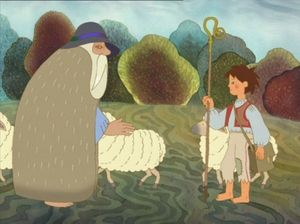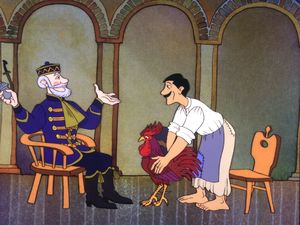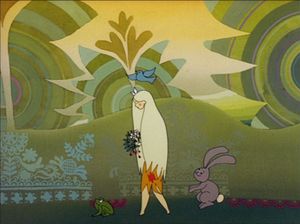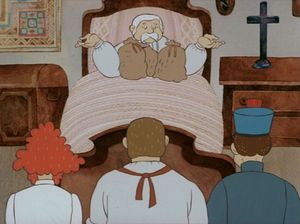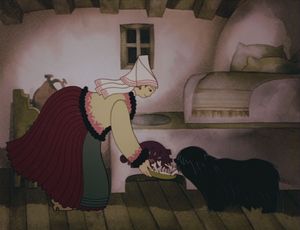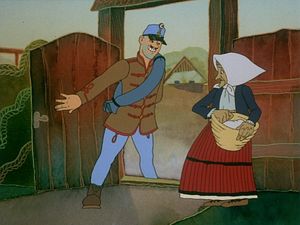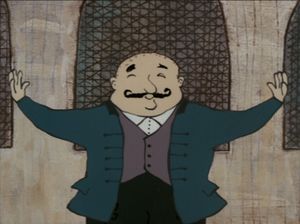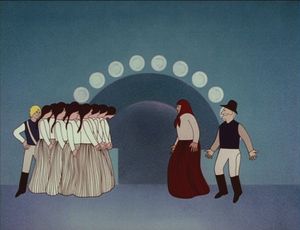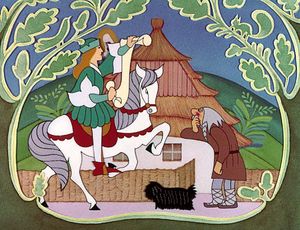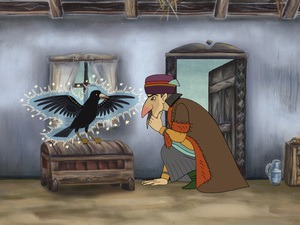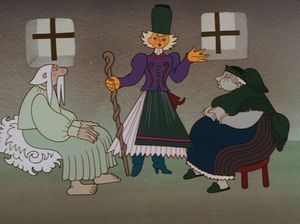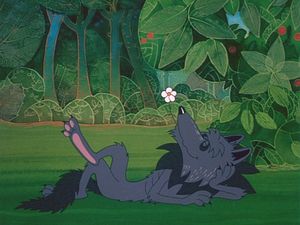How did it start?
I spent my childhood in a former peasant-bourgeois village between 1940 and 1954.
I saw the imprints of the widely interpreted peasant culture and its process of deterioration.
I received such an upbringing that the values inherited from our predecessors must be respected and safeguarded.
In the years of the 60s I experienced it as a wandering rodman and geodetic surveyor that what I saw in our settlement in my childhood was characteristic of the whole country.

When in 1971 I was appointed director of the Kecskemét Studio of Pannónia Film Studio, a need was shown at Hungarian Television for animated film series produced for children. That was when the Sebő Band took off for the collection of folk songs, the dance house movement started, and all somewhat worthy intellectuals collected old ethnographical objects.
The lack of storyboard writers at the newly started studio – and my previous life – predestined me to start to deal with the thought of taking Hungarian folk tales to the screen.
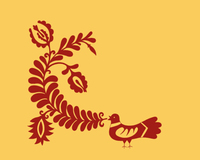
I did not really incline favourably towards the adaptations of folk tales by Hungarian writers; therefore I visited the Ethnographical Research Group of the Hungarian Academy of Sciences, in order for us to use original folk tale collections.
At the original tales they indicated the location of the collections, which later on provided help for the decorative art that was used to be authentic.
It seemed evident for me to ask folklore tale tellers for telling the original collections, we recorded the voice of the first episodes indeed with them (Rozália Kóka, Károly Hrotkó, etc.). However, later on I could experience that for the voice recording at the studio professional actors proved to be a better choice. Even from among them, especially Gyula Szabó, whose voice amalgamated with the Hungarian Folk Tales.
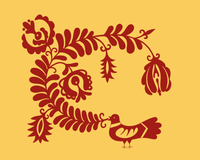
The main title music of Kaláka Band became decisive in the same way.
At the development of the world of images the first storyboards were produced with the picturesque metamorphosis of ethnographical motifs (see: Dezső Korniss, Lajos Vajda), which were not well received by the television directors – not popular enough, they said.
The name and the history of the only few years old Kecskemét studio were also not enough guarantee for them, therefore we asked Marcell Jankovics to start the series.
Jankovics, as a very good idea, used the decorative art of a certain countryside region at each episode. Later on he cooperated as an expert advisor on the series, on which a score of directors, animators and background artists learned their trade during its three-decade history in Kecskemét. Other then Marcell Jankovics Mária Horváth and Lajos Nagy are linked to the most folk tales as directors.
The series made up of 100 episodes was fostered in the Kecskemét studio by Veronika Vécsy Production Manager from the beginning.
Ferenc Mikulás
Producer
